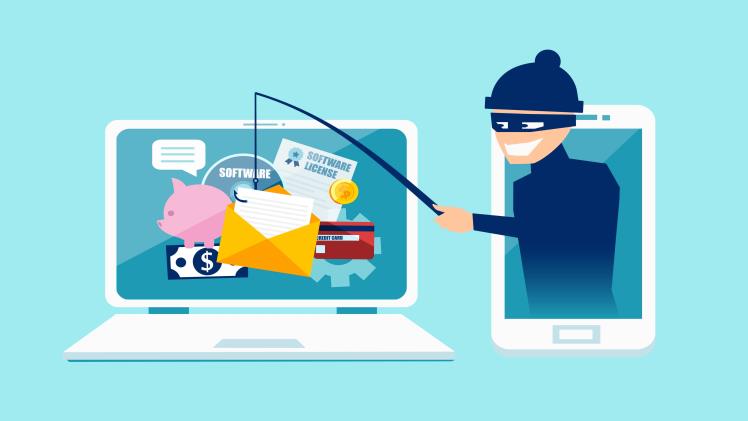In the digital age, email has become a primary communication tool for both personal and professional correspondence. However, this convenience comes with its own set of risks, notably phishing attacks. Phishing emails are craftily designed to steal sensitive information or infect your system with malware. Recognizing these malicious emails is crucial in safeguarding your information. This guide provides detailed insights on how to recognize phishing emails, covering their common characteristics and including real-world examples for better understanding.
Understanding Phishing Emails
Phishing emails are deceptive messages that appear to be from legitimate sources, but in reality, are attempts to steal sensitive information such as login credentials, and credit card numbers, or to install malware on the victim’s computer. These highly sophisticated emails make them difficult to distinguish from genuine communications.
Common Characteristics of Phishing Attempts
- Suspicious Sender Addresses: One of the first things to check in an email is the sender’s address. Phishing emails often come from addresses that mimic legitimate ones but with subtle differences. For instance, an email claiming to be from a reputable bank might come from an address like “[email protected]” instead of “[email protected]”.
- Urgent or Threatening Language: Phishing emails often create a sense of urgency or fear. They might claim that your account will be closed, or that you need to verify your information immediately to avoid some dire consequence. This tactic is meant to rush you into acting without thinking critically about the email’s authenticity.
- Unexpected Attachments or Links: Be wary of emails that contain attachments or links, especially if they’re unexpected. These could be disguised malware or lead you to fraudulent websites. Before clicking on anything, hover over links to see where they lead and scan attachments with antivirus software.
- Requests for Personal Information: Legitimate organizations will never ask for sensitive information like passwords or social security numbers via email. If an email requests this information, it’s a red flag.
- Poor Spelling and Grammar: Professional organizations typically send out well-written emails. Poor spelling and grammar can be a sign of a phishing attempt, although it’s important to note that some phishing emails can be very well-crafted.
Real-World Examples
Consider an email claiming to be from a well-known delivery service stating that there was a problem with a package delivery and asking you to click on a link to reschedule. The link leads to a fake login page designed to steal your credentials. Or, an email that appears to be from your bank, urging you to confirm your account details due to suspected fraudulent activity and providing a link that leads to a convincing but fake banking website.
Staying Informed
Staying informed about the latest phishing techniques is crucial. Government websites like the U.S. Federal Trade Commission (FTC) offer resources on identifying and protecting against phishing. Educational institutions, like the University of Michigan, also provide valuable information and examples of phishing emails.
Conclusion
Identifying phishing emails is a critical skill in the modern digital world. By being aware of the common characteristics of phishing attempts and staying informed about new tactics, you can significantly reduce the risk of falling victim to these malicious attacks. Remember, when in doubt, it’s always safer to verify the authenticity of an email directly with the supposed sender through a different communication channel.

